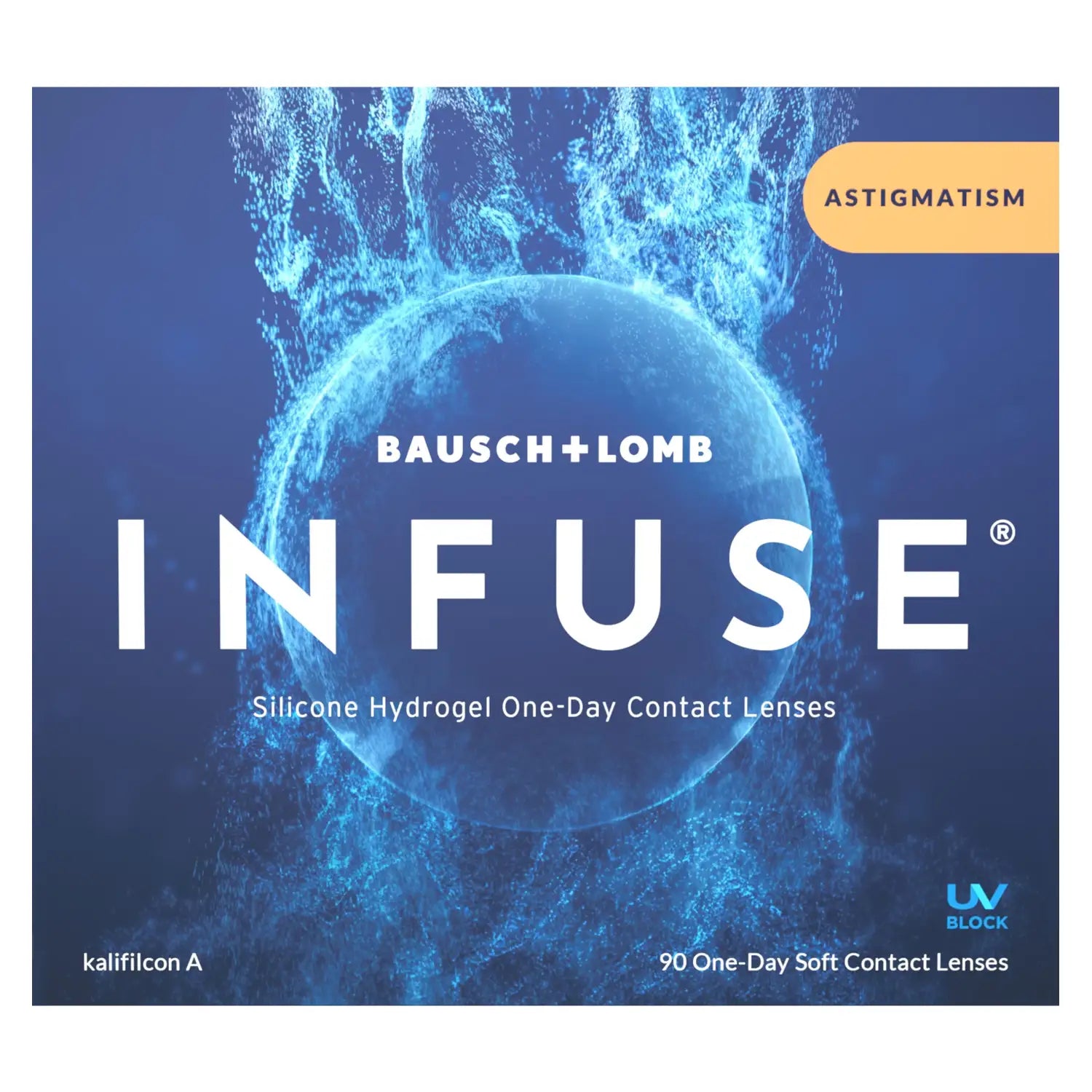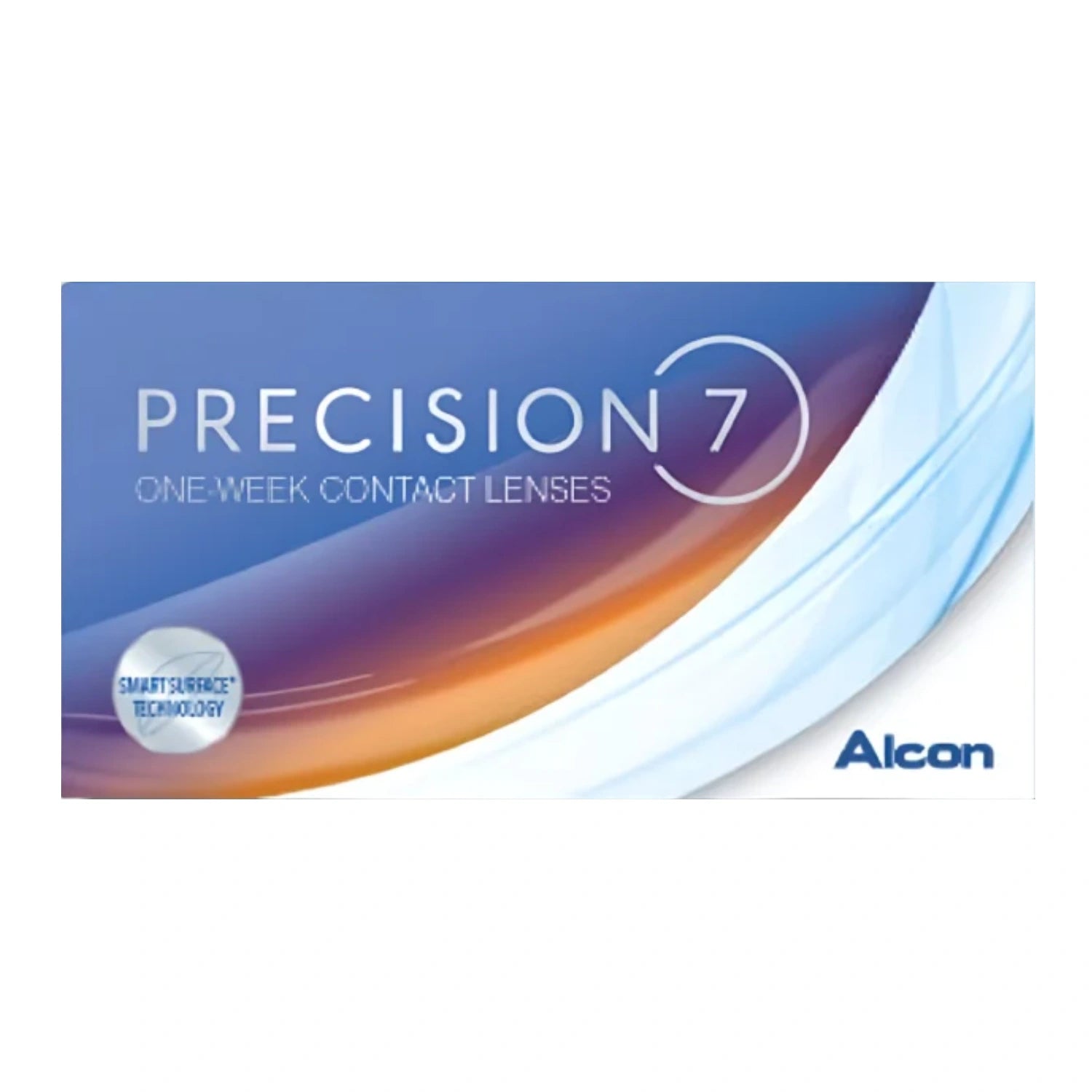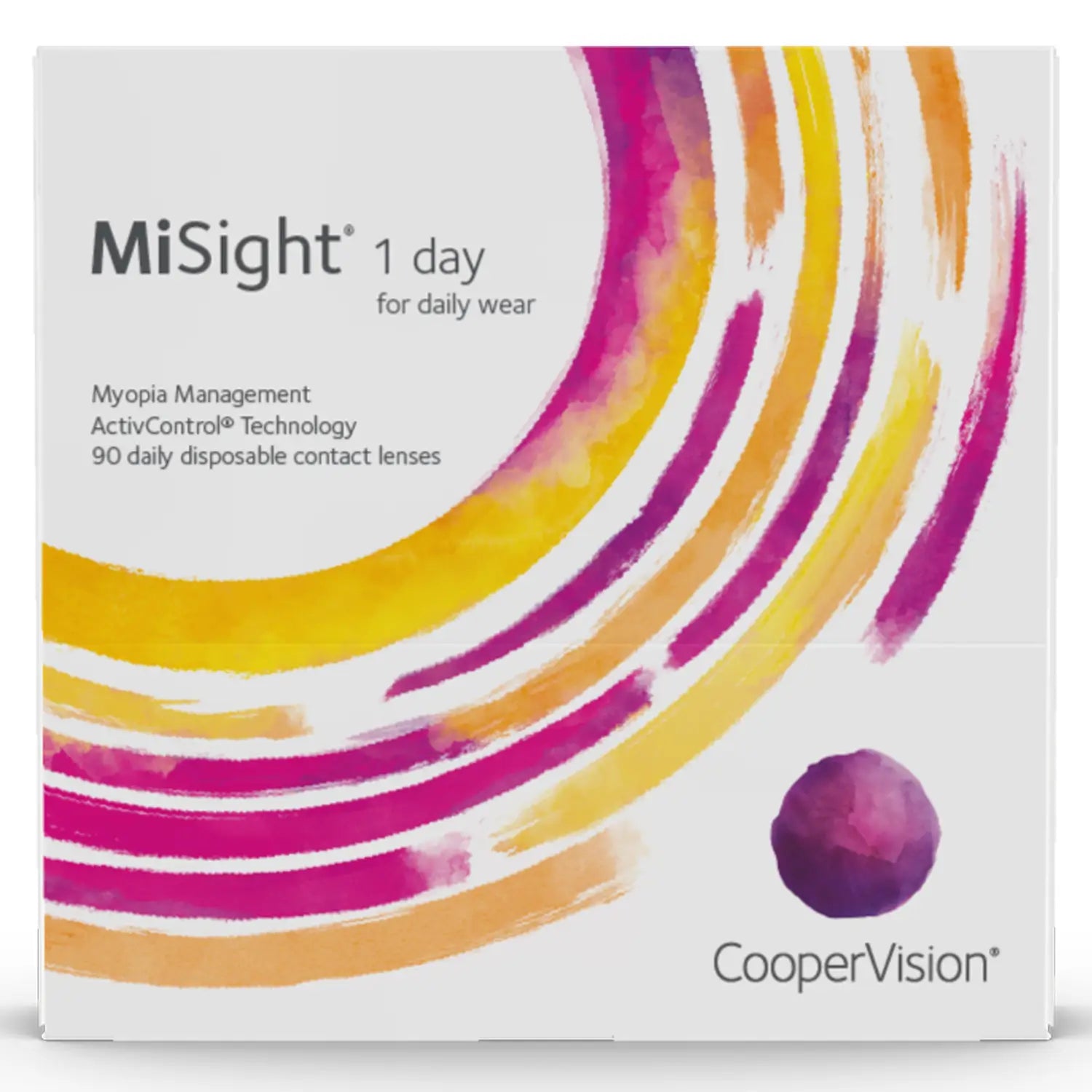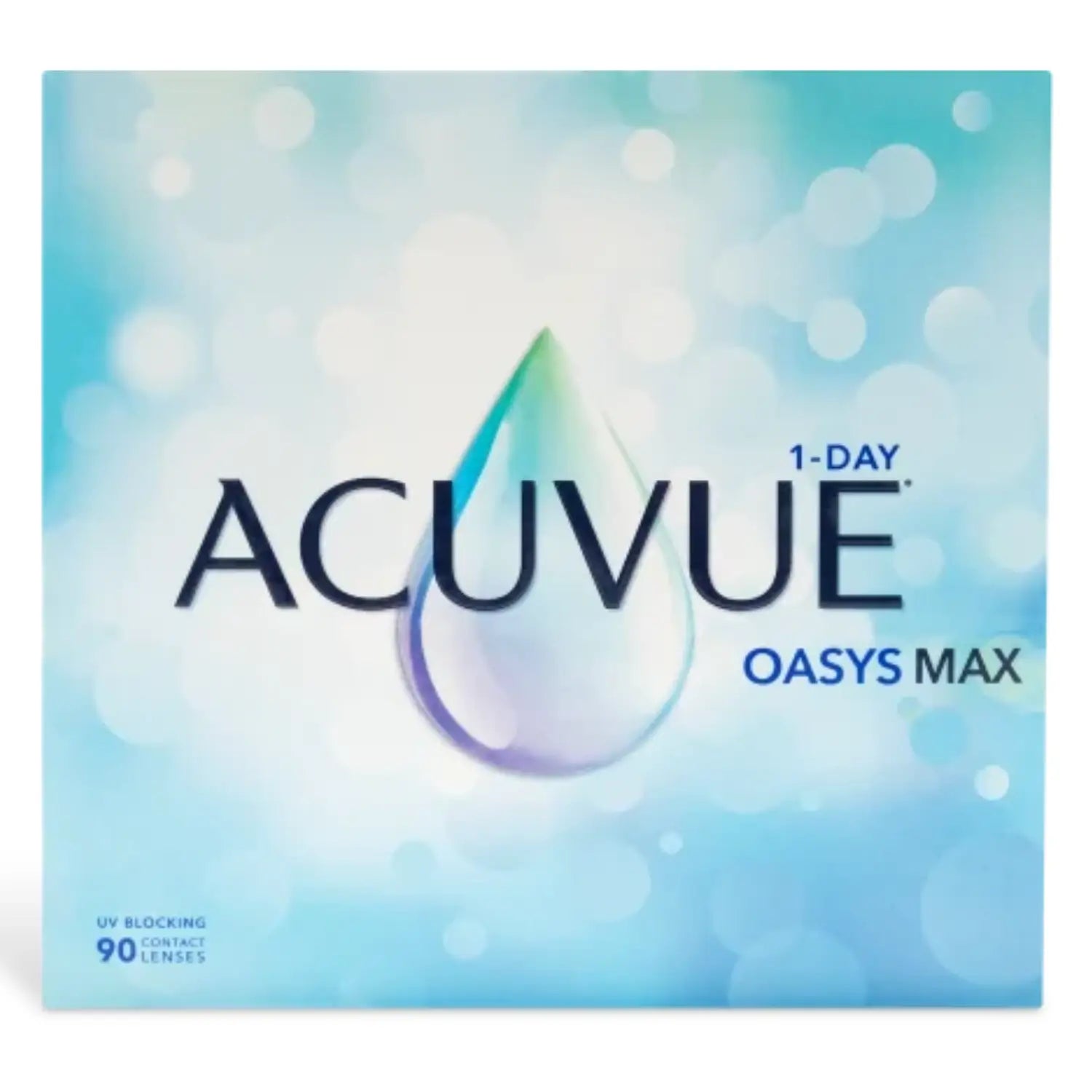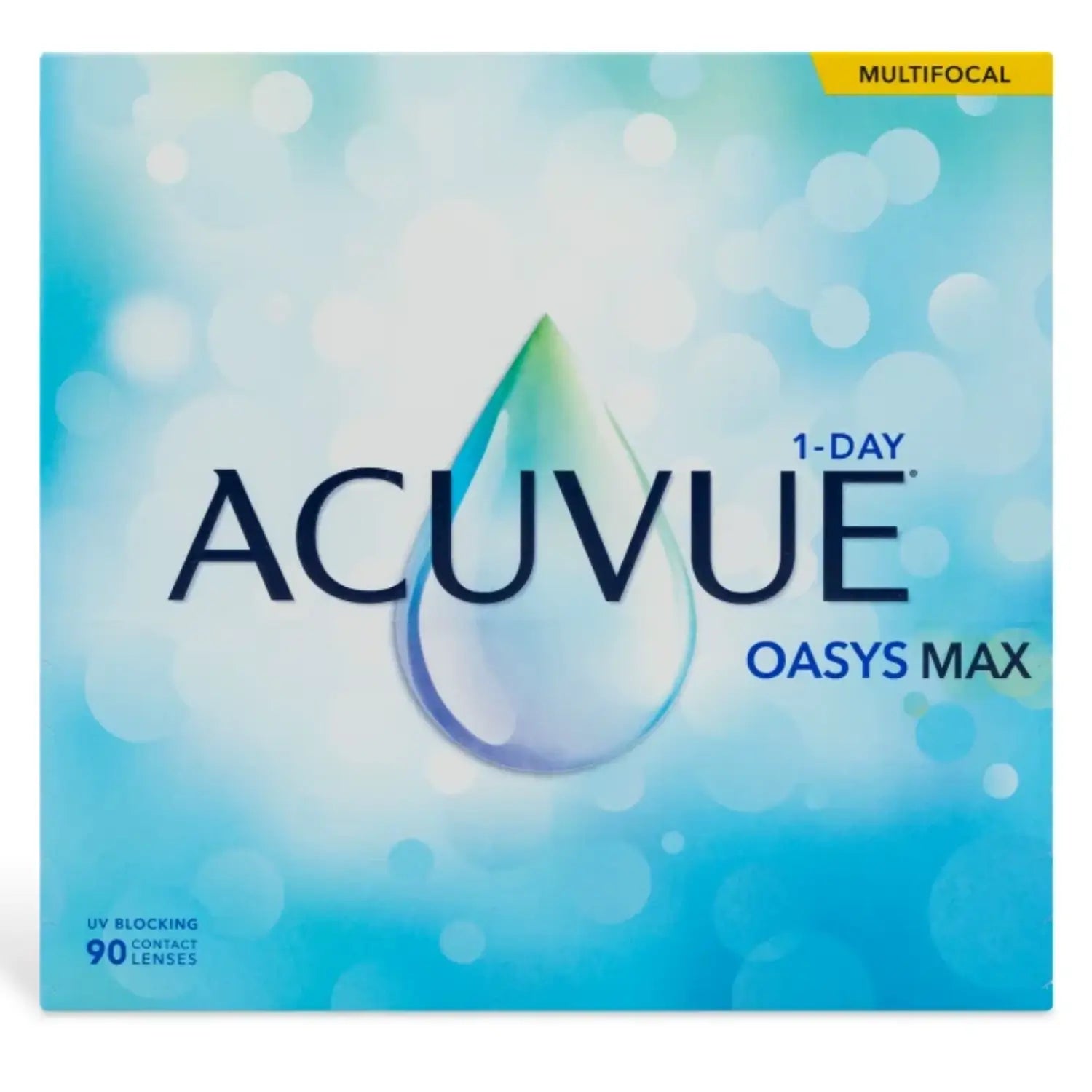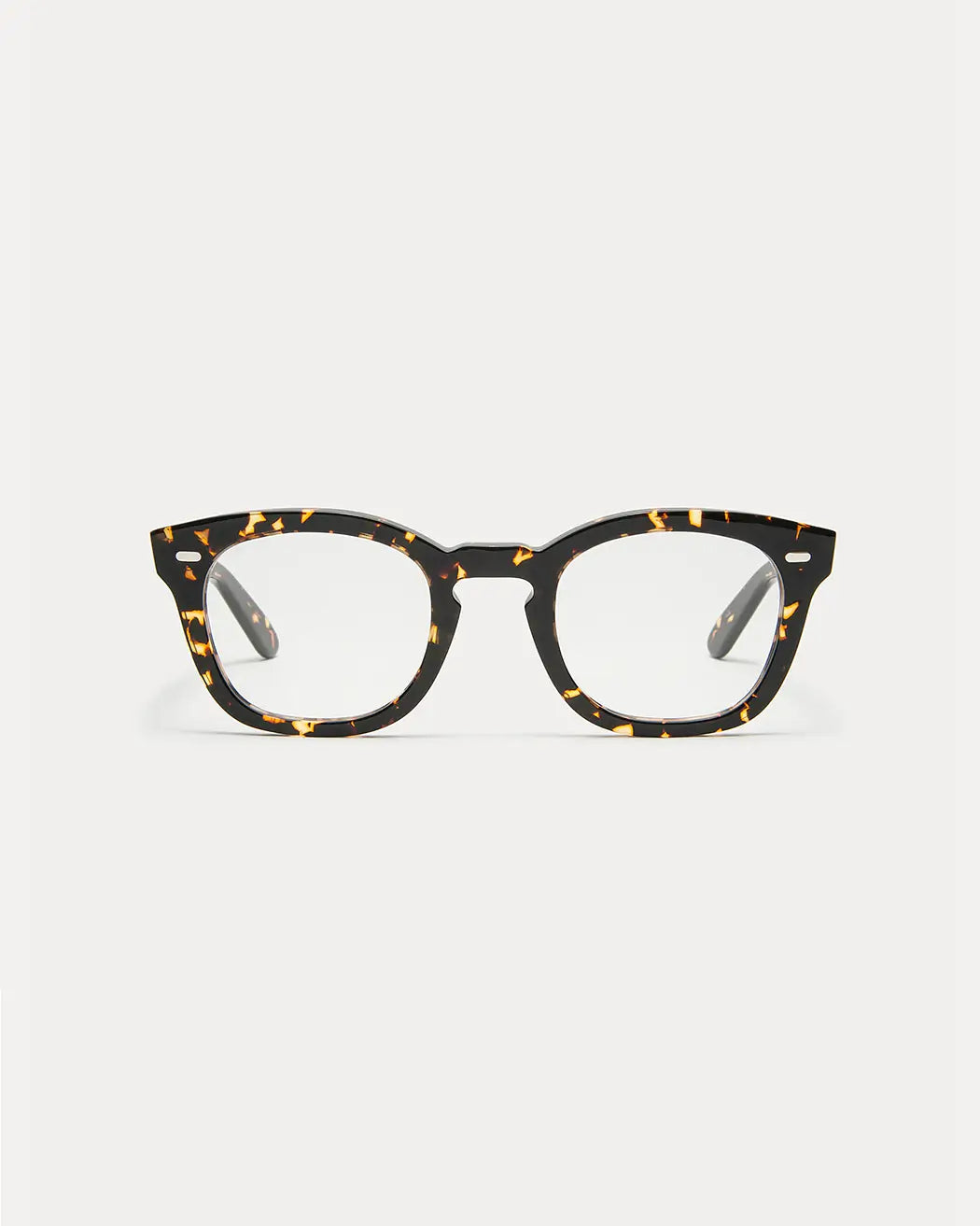Modern day contact lenses are a remarkable combination of innovation and technology. While healthier and more comfortable, there are still serious risks to wearing contact lenses. We ask that all our patients read and acknowledge these benefits and risks before being fitted for contacts at The Optical. Co.
Benefits & Risks
Contact lens wear has many benefits versus eyeglasses including appearance, enhanced peripheral vision, and ease of wear during sports and in some cases better visual acuity. However, as with any other drug or device, contact lens wear is not without possible risks. Problems with contact lenses and care products could result in serious injury to the eye. The following are adverse affects (possible problems) that have been reported with the use of contact lenses: discomfort or feeling of something in the eye (a foreign body sensation); corneal abrasion (a scraped area); eye infection, including corneal ulcer; stinging, burning, itching; excessive watering of the eye (tearing); unusual eye secretions; redness of the eyes; reduced sharpness of vision (poor visual acuity); blurred vision, rainbows or halos around objects; sensitivity to light (photophobia); dry eyes; corneal swelling; and lens wear becomes uncomfortable. Eye problems including corneal ulcers can develop rapidly and lead to permanent loss of vision, including blindness.
Contact lenses are not indicated for overnight wear and should not be worn while sleeping. Clinical studies have shown that the risk of serious adverse reactions is significantly increased when the lenses are worn overnight. The risk of corneal ulcer has been shown to be greater among users of extended wear lenses than among users of daily wear lenses. The risk among extended wear lens users increases with the number of consecutive days that the lenses are worn between removals, beginning with the first overnight use. This risk can be reduced by carefully following directions for What to Do If a Problem Occurs. Additionally, smoking increases the risk of ulcerative keratitis for contact lens users. If the patient experiences eye discomforts, excessive tearing, vision changes, redness of the eye or other problems with their eyes, they should immediately remove their lenses and promptly contact our office. It is recommended that contact lens wearers see their Optometrist yearly, and follow ups as directed.
What To Do If a Problem Occurs
If any of the above adverse effects (possible problems) or other abnormal symptoms occur: 1.) Immediately remove the lens(es), do not put the lens back in your eye. Return the lens(es) to the storage case and contact our office. A serious condition such as infection, corneal ulcer, corneal vascularization, or iritis may be present, and may progress rapidly. Less serious reactions such as abrasions, epithelial staining and bacterial conjunctivitis must be managed and treated properly to avoid complications.
Precautions
The following precautions must be taken to prevent damage to the eyes or to the contact lenses:
1.) Lens contamination may result in eye injury due to irritation or infection. To reduce the risk of contamination: always wash, rinse and dry hands before handling the lenses; do not use saliva, tap water, or anything other than sterile solutions recommended for use with the type of contact lenses (soft or rigid); when used, sterile non-preserved solutions must be discarded after the time specified in their label directions; do not get water in the eye while bathing, showering, or engaging in water activities. 2.) Eye injury from irritation or infection and damage to lenses may result if cosmetics, lotions, soaps, creams, hair spray, deodorants, or aerosol products come in contact with lenses. If sprays are used, keep eyes closed until the spray has settled. 3.) Environmental fumes, smoke, dust, vapors, and windy conditions must be avoided, in order to minimize the chance of lens contamination or physical trauma to the cornea. 4.) Always inform your employer that you wear contact lenses. Some jobs may require use of eye protective equipment or may require that you not wear contact lenses. 5.) Do not touch the lens with fingernails. 6.) Tweezers or other tools should not be used to remove a lens from the lens container. The lens should be poured into the hand. 7.) The lens must move freely on the eye for the continued health of the eye. If the lens sticks (stops moving on the eye) apply three drops of the recommended lubricating solution. Wait until the lens begins to move freely on the eye before removing it. If non-movement of the lens continues, immediately consult our office. 8.) Always consult our office before using any medicine in the eyes. 9.) Do not wear contact lenses while sleeping. 10.) Before leaving our office, patients must be instructed on and demonstrate the ability to promptly remove the lenses or have someone else be able to remove lenses for them. 11.) If a soft contact lens is exposed to air while off the eye, it may become dry and brittle and need to be rehydrated. If the lens is adhering to a surface, apply sterile saline before handling it. To rehydrate the lens: handle the lens carefully; place the lens in its storage case an soak the lens in a recommend rinsing and storing solution for at least one hour until it returns to a soft state; clean and disinfect the rehydrated lens using a recommended lens care system; if after soaking, the lens does not become soft, the lens should not be used until examined by the eye care practitioner. 12.) Contact lens prescriptions are valid for one (1) year. Contact lens prescriptions may be held from release if the patient is noncompliant with follow-up exams, wearing schedule or proper lens care, or if patient has an outstanding balance 13.) Since there are many variables to contact lens fitting, there is no guarantee that you will become a successful contact lens wearer. There is no way of foretelling how often or when your lenses will have to be refitted or replaced due to wear, improper handling, or changes in the refractive state of your eye. 14.) Do not change lens care solutions without consent of the Doctor.
Wearing Schedule
The wearing schedule is determined by the doctor. It is recommended that contacts be removed as soon as you are in/home for the day. Contacts should be removed at least one hour prior to going to bed. Regular check-ups, as determined by the eye care practitioner, are extremely important. Daily Wear refers to wearing lenses less than 24 hours, while awake. It is not advised that you should ever sleep in your contacts. Even extended wear lenses. Not every patient is able to wear contact lenses on an extended wear basis even if able to wear the same lens for daily wear. Start daily wear before extended wear if so directed by the eye care schedule regardless of how comfortable the lenses feel. With extended wear, there is an increased risk of eye problems such as irritation, infection, corneal thickening, and corneal ulcers. Therefore, periodic checkups are extremely important.


